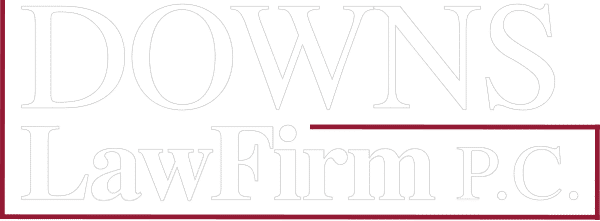Put away the estate plan when it is completed. However, take a good look at it frequently.
There are many reasons why an estate plan needs changing, because your life changes as do your goals, according to the Times Herald-Record in “5 steps to securing your elder estate plan.”
What might be some of those changes? It could include your divorce, your marriage or even the marriage or divorce of your children. It can also be that your financial situation has changed, and you need to make changes. A ten-minute review at the beginning of a New Year will be an annual reminder, and can verify that you are still on the right course.
The process of review may seem challenging but here are some steps to consider:
Step One: gather up all your documents, which may take some time. This includes your will, powers of attorney, health care proxies, living wills, any trusts and any other documents.
For clarity, here are some definitions. A will is the document that states where you want your assets to go when you die. It is reviewed by the court in a proceeding called probate, but only after your death. Assets in a living trust (or other types of trusts, depending on your situation) do not go through this process. Creating a trust results in a legal entity that owns the assets it contains. The trust assets go to beneficiaries upon death, as directed by you to the trustee. In many instances, trusts save time, money and avoid litigation over inheritances.
Powers of attorney name the person you appoint to make any legal, business or financial decisions for you, should you become incapacitated. A health-care proxy names the person to make your medical decisions, if you are unable to do so. Living wills are used to express your wishes for end-of-life care.
Step Two: review your documents. Make sure that everything is signed. You would be surprised how many important documents aren’t signed. Read the documents to see who was named as the executor of your will and who is the trustee of your trusts. Are those people still able to undertake these responsibilities? Do you still want them making decisions for you?
Step Three: make a list of all of your assets. Note how they are titled—what names are on the accounts—and what are the values of each. Include retirement accounts like IRAs, 401(k)s, insurance policies and annuities and check to see if you named a beneficiary. Do you still want that person to be the recipient of the asset? Make sure that you have also named a contingent beneficiary.
Step Four: what information would your loved ones need should you become unable to communicate? They’ll need information about your medications, the name and contact information for your primary care physician, your estate planning attorney, your CPA and your financial advisor. You may want to arrange for a “family meeting” with your healthcare team and your legal and financial team (two separate meetings), so everyone in your family is familiar with your professional teams. A list of where your documents can be found and who you want to receive personal items, may also be helpful.
Step Five: don’t forget to tell your trusted family members where your important information is located and what lists exist. You don’t have to review everything with them, but they should know where things are.
Reference: Times Herald-Record (Dec. 1, 2018) “5 steps to securing your elder estate plan”

